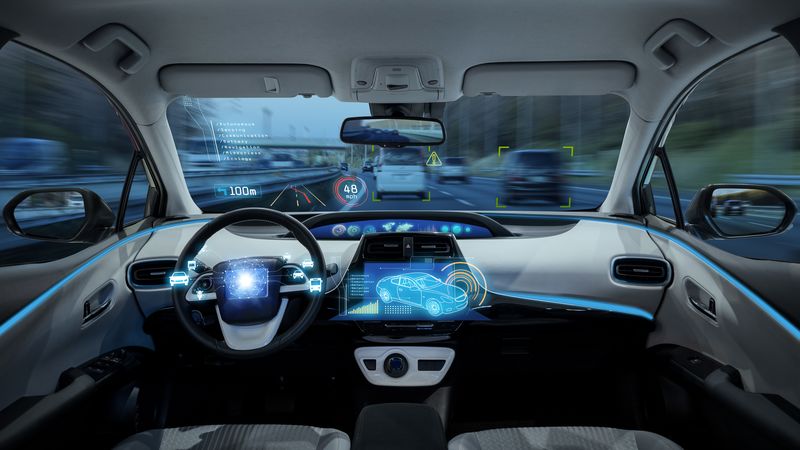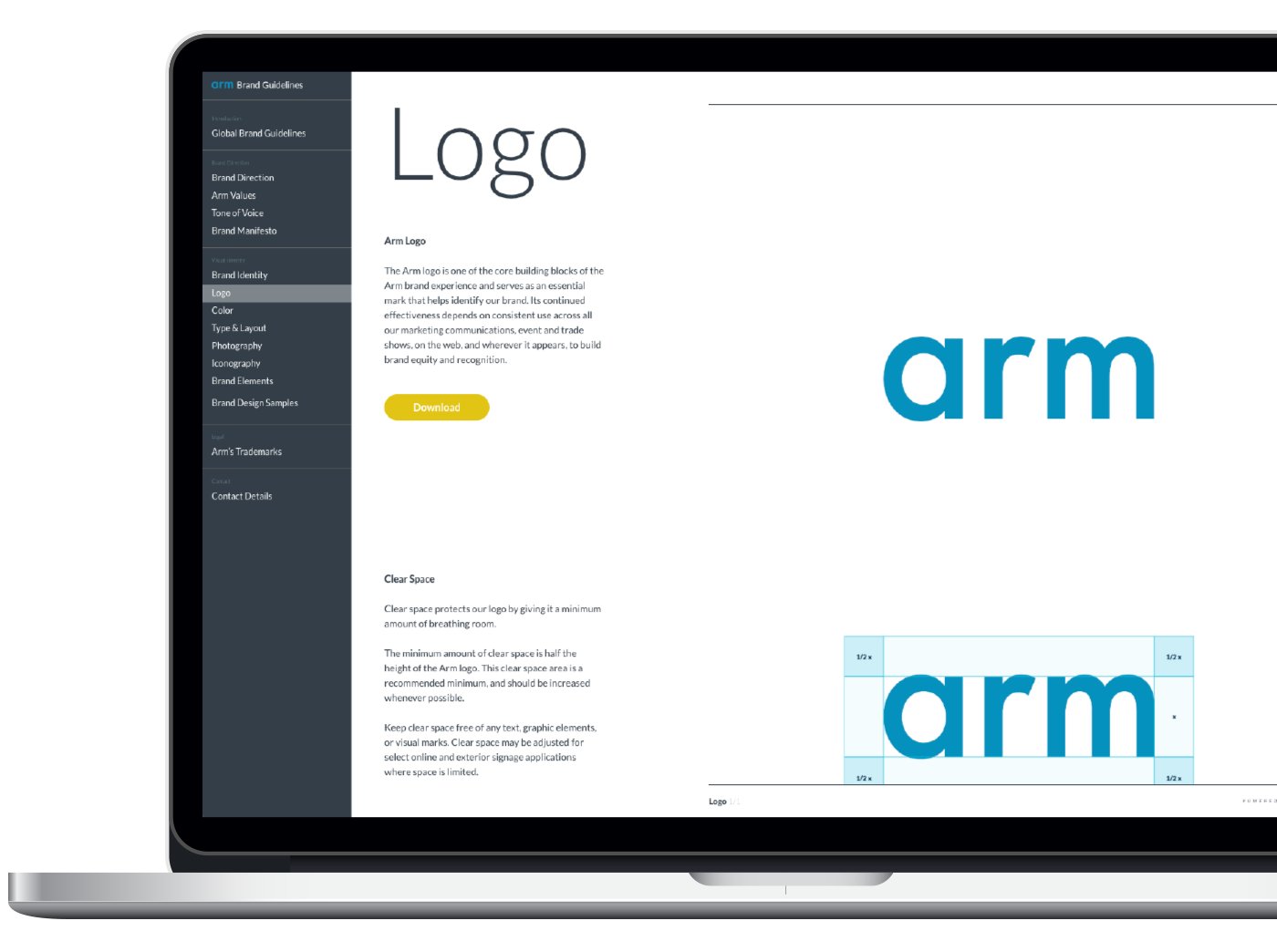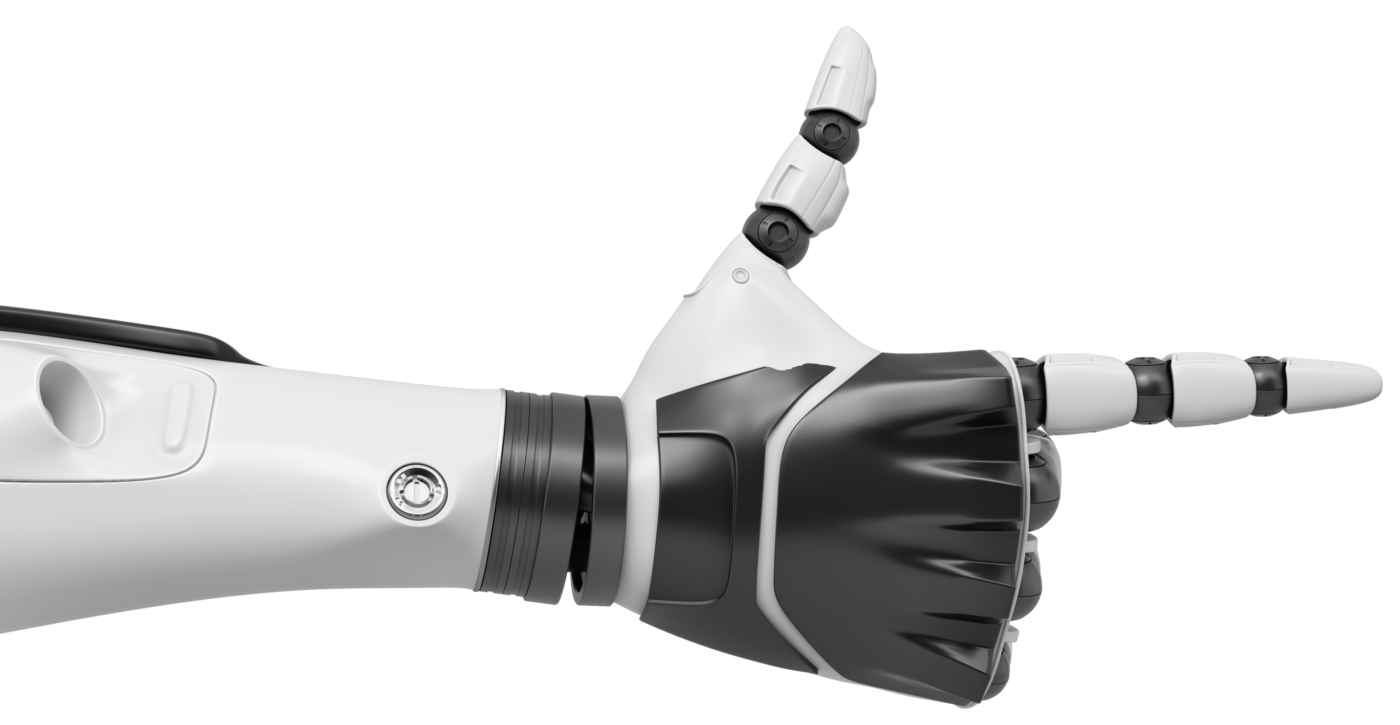Automotive Safety Hypervisor Announced for ARM Cortex-R52

OpenSynergy paves way for next-generation autonomous devices with virtualization for ARM’s most advanced real-time processor
OpenSynergy is developing the industry’s first software hypervisor for the ARM® Cortex®-R52 processor, ARM’s most advanced real-time safety processor. The hypervisor turns any chip based on the Cortex-R52 into several virtual machines capable of simultaneously executing separate software tasks. To address increasing software complexity in devices such as autonomous vehicles and industrial control systems, this approach allows for the isolation of safety-critical functions from those that require less stringent control. In addition, it enables the consolidation of applications onto fewer electronic control units (ECUs) to both manage complexity and reduce cost.
“Mass-market autonomous vehicles will be engineered with greatly enhanced ECU compute capabilities and the ability to safely manage far more complex software stacks,” said Richard York, vice president of embedded marketing, ARM. “The Cortex-R52 was purpose-built for this task, with hypervisor-enabled software separation protecting critical safety features while ensuring fast task execution. This will enable highly performant vehicles that can be fully trusted to take over from the driver.”
“The ARM Cortex-R52 processor will bring virtualization technology to a much wider set of devices in the automotive market,” said Stefaan Sonck Thiebaut, CEO, OpenSynergy. “In doing so, we look forward to enabling the next generation of vehicle architecture.”
The Cortex-R52 introduces hardware support for virtualization to the Cortex-R family of processors while maintaining all the functionality required for hard real-time systems. The ability to maintain deterministic execution within a hypervisor provides an ideal solution to the challenge of concurrent real-time systems in a wide array of robotic applications.
OpenSynergy’s software architecture targets microcontrollers such as domain controllers. The hypervisor technology enables several real-time operating systems and AUTOSAR systems at different ASIL levels to run in parallel on the Cortex-R52.
About OpenSynergy
OpenSynergy is a high-tech company specializing in embedded automotive software for in-car cockpit solutions. The core products are the modular software development kit COQOS SDK and the leading Bluetooth™ stack Blue SDK.
Our products enable the convergence of instrument cluster, head unit, driver assistance and connectivity systems. Essential technologies are virtualization and Open Source software. Our solutions comply with requirements of standards like AUTOSAR and Bluetooth™. By doing, so we pave the way for autonomous driving.
OpenSynergy is an independently managed company headquartered in Berlin with further locations in Munich and the U.S. We continue to grow through the strong demand for our products. Our company’s team consists primarily of highly qualified engineers. Our corporate culture is inspired by the international character that defines our employees, partners and customers.
Read more on www.opensynergy.com
Latest on X
35 years of innovation. 35 years of people shaping the future of computing. 💪
Our offices around the world celebrated 35 years of Arm in true style — connection, creativity, and (of course) cake 🎉
Today, we're celebrating 35 years of Arm! 🎉
That makes us old enough to remember dial-up, and young enough to be at the leading edge of AI.
Arm technology touches 100% of the connected global population, with more than 325 billion chips shipped worldwide.…
This week, we're celebrating 35 years of Arm! 🎉
That makes us old enough to remember dial-up, and young enough to be at the leading edge of AI.
Arm technology touches 100% of the connected global population, with more than 325 billion chips shipped worldwide.…
Mohamed Awad, EVP of Cloud AI Business Unit at Arm, recently joined Silicon Valley Tech Talks to discuss how AI is reshaping data centers, and how Arm’s Neoverse and Arm Total Design ecosystem are helping the industry meet the growing demands of compute.
Arm's Innovations for AI Infrastructure
...
okt.to
Collaboration drives impact. 📷
Over the past decade, we've partnered with @UNICEFinnovate
to apply technology for good, developing scalable AI solutions to protect children’s health, advance education, and build climate resilience.
Discover the story @FT:…
#MSIgnite may be over but if you missed us there's no need to worry.
Head over to our Cloud Migration Hub or Developer Program resources to learn more about the future of cloud computing on Arm. 💪 https://okt.to/gTJ8qj
Inspired by #SC25? So are we.
From record-breaking Arm-based supercomputers to powerful new innovations in AI and HPC, the future of compute is being built on Arm.
Be part of what’s next 👉 http://careers.arm.com
From building networks to shaping the AI era, @AristaNetworks’ Jayshree Ullal joins Rene Haas on the Tech Unheard podcast to talk bold moves, software-first thinking, and leading through change in the AI era.
Listen to the new episode now: https://okt.to/9dEpyc 🎧
Micosoft Azure Cobalt 100 VM powered by Arm Neoverse deliver up to 99% better price-performance across workloads. From web infrastructure to quantitative finance, these instances are enabling efficiency, scalability, and real-world value .
Built on Arm - redefining the future.…
📢 Introducing Cobalt 200!
In partnership with @Microsoft we're bringing you the first publicly announced silicon built on the Arm Neoverse Compute Subsystem V3 (CSS V3).
A vital part of our commitment to a more efficient, scalable, and sustainable cloud!…
👋 Good morning from #SC25!
Stop by the Arm booth to explore our latest demos, connect with our talent team, and learn about open roles and life at Arm.
💡 Discover how you can help shape the future of AI and HPC — and be part of the team driving the future of compute! 📍#4425
🚀 We kicked off #SC25 with @AWSCloud & @NVIDIA, bringing the Arm HPC & Advanced Compute community together to connect and share their experiences building on Arm.
With every major hyperscaler choosing Arm, we’re powering the future of AI and supercomputing. See you at the show!
Our partnership with @NVIDIA keeps growing. 🤝
By extending Arm Neoverse with NVIDIA NVLink Fusion, we’re enabling partners to achieve Grace Blackwell-class performance, bandwidth, and efficiency — delivering greater intelligence per watt for the AI era.
https://okt.to/PHg461
The Fujitsu A64FX powered Fugaku supercomputer showed what was possible with Arm architecture. FUJITSU-MONAKA shows what’s next.
Available in 2027, it brings supercomputing innovation to data centers and the edge, combining SVE2 acceleration and our confidential computing…
Arm is powering the future of cloud computing for the AI and enterprise era.⚡
Whether you’re at #MSIgnite in person or online, don't miss our our on-demand session to learn more about how we're enabling performance, efficiency and innovation.
https://okt.to/Jy5ERg
AI, cloud-native, and multi-architecture design are transforming how workloads are deployed and scaled. The momentum seen at KubeCon + CloudNativeCon 2025 reflects an industry building for flexibility, performance, and efficiency - powered by Arm.
https://okt.to/QuhlMj
Counting down the days until #SC25!
From Fugaku to Jupiter, discover why the world's most advanced supercomputers and AI systems run on the Arm compute platform.
👇 Here's where you'll find us.
AI is changing what’s possible within robotics innovation. 🤖🧠
Recently Anders Beck, VP of Technology at @Universal_Robot, joined the Arm Viewpoints podcast and shared his thoughts on how AI is driving a more flexible, collaborative era of automation.
https://okt.to/IXWvYn
Some inventions don’t just break boundaries, they redefine what’s possible.
The Arm-based Meta Ray-Ban Display AI glasses and EMG wristband are changing how we interact with technology — no touchscreens, no buttons, just movement.
Congrats to the team at @Meta behind the…
KubeCon + CloudNativeCon highlights just how quickly the cloud-native ecosystem is advancing. Developers everywhere are rethinking performance, scalability, and efficiency - across architectures - built on Arm.

KubeCon + CloudNativeCon 2025 shows the evolution of cloud-native systems and multi-architecture innovation. We're accelerating this shift by enabling scalable, efficient performance for AI and next-generation workloads across diverse architectures!
https://okt.to/KYaX5H
📅 Tomorrow at #WebSummit, Ami Badani joins global leaders shaping the future of AI.
She’ll share how Intelligence per Watt is redefining progress — and why scaling AI responsibly means designing compute that’s as efficient as it is powerful.
Hello KubeCon + CloudNativeCon USA 👋
We're so excited to see you all in Atlanta this week. We're bring community programs, booth demos, and so much more.
Be sure to swing by the Arm booth to see what we're up to!

Collaboration, learning, and innovation for the future of cloud native computing? Sign us up!
We can't wait to see you at KubeCon + CloudNativeCon USA where we'll be bringing the Arm developer experience to life with demos, community and more. 🥳
https://okt.to/nGB5Y3
Today's announcement is cause for celebration! 🎉
@googlecloud's new N4A VMs and C4A metal, powered by Arm Neoverse, deliver unmatched performance-per-watt and scalability - showing what’s possible when one platform powers innovation from cloud to car.
https://okt.to/k2f7HJ
Celebrating a strong Q2 FYE26, with revenue surpassing $1B for the third consecutive quarter.
As the only unified compute platform combining unmatched breadth with the performance, efficiency & security the AI era demands, Arm is delivering AI everywhere. https://newsroom.arm.com/news/arm-q2-fye26-results?utm_source=twitter&utm_medium=social-organic&utm_content=blog&utm_campaign=mk29_exec-comms_na











